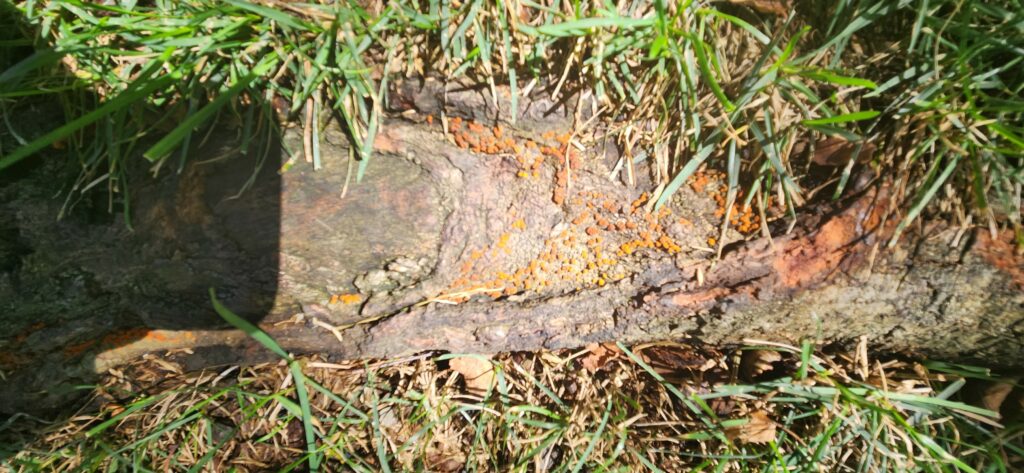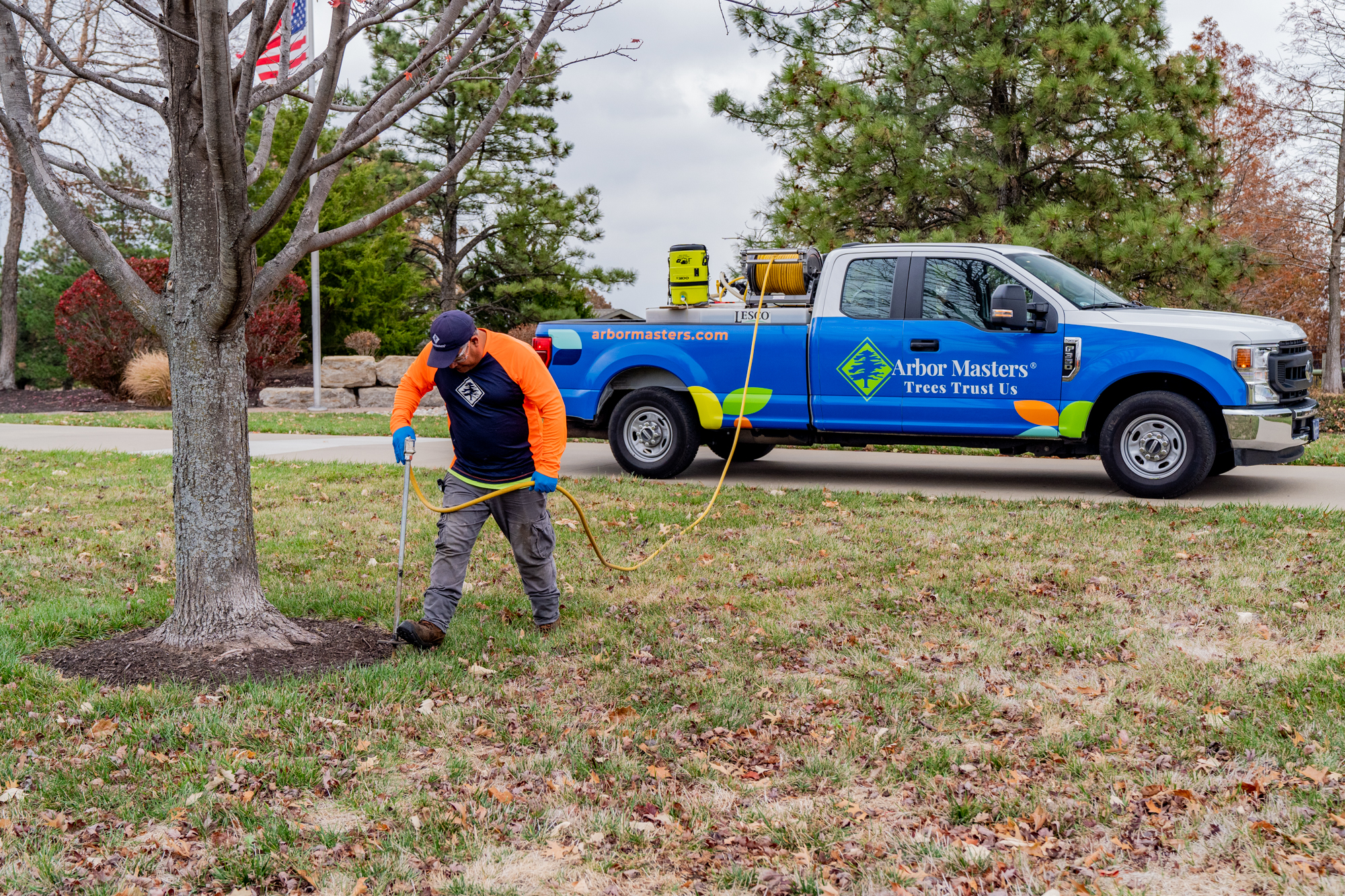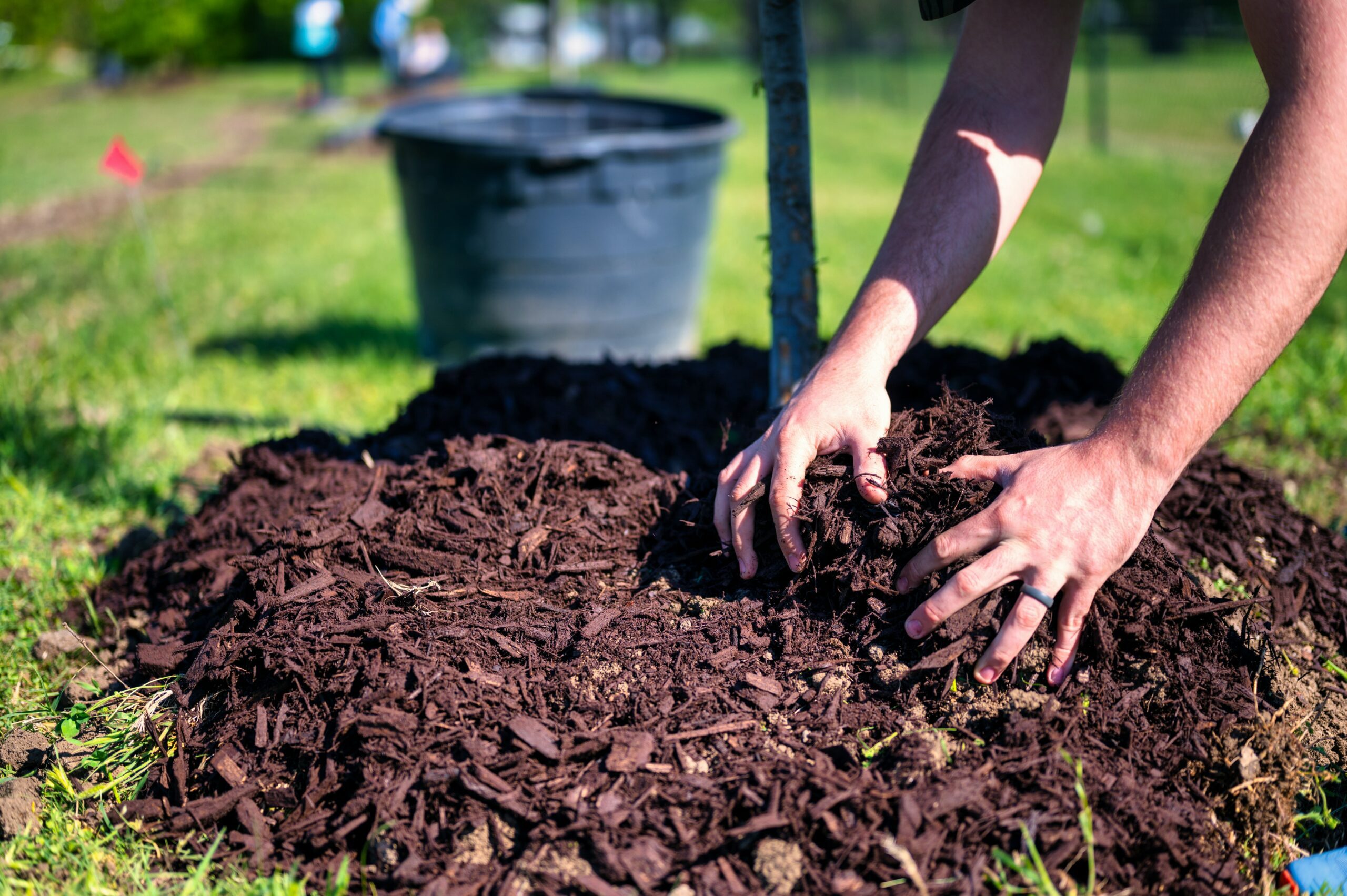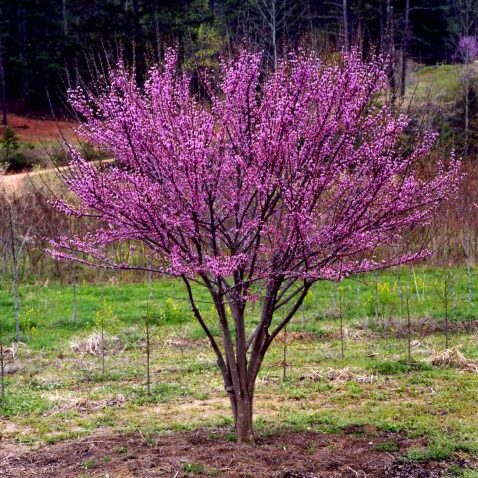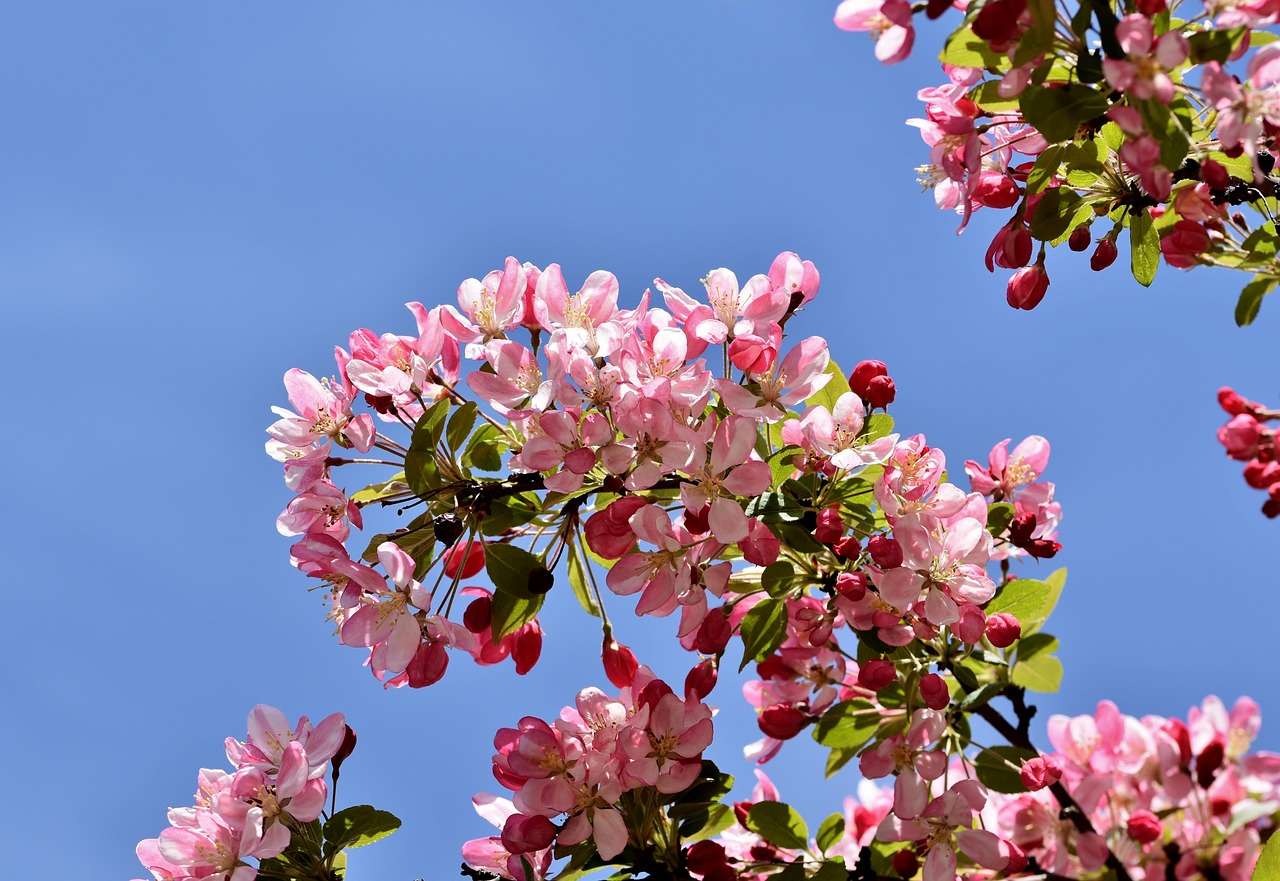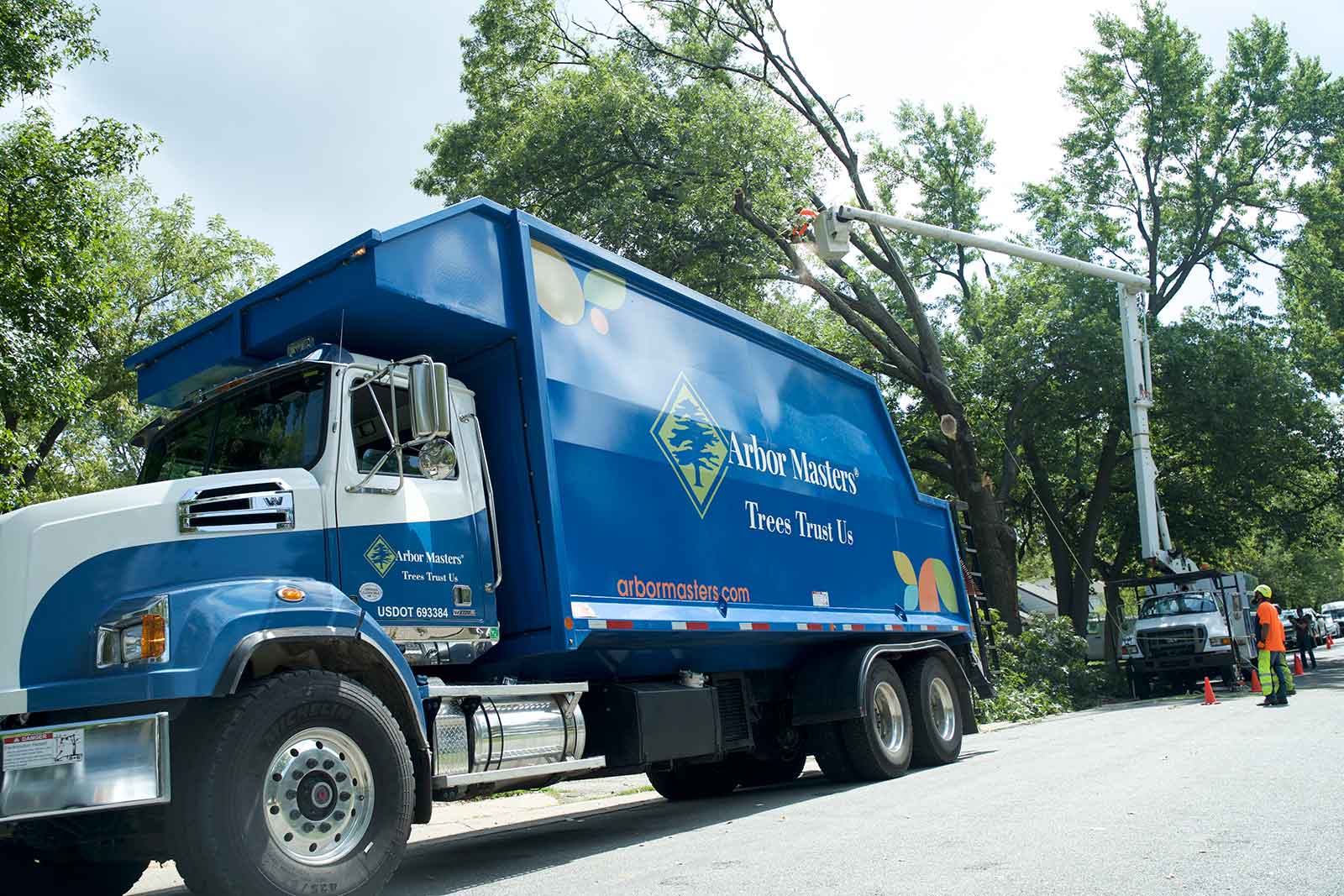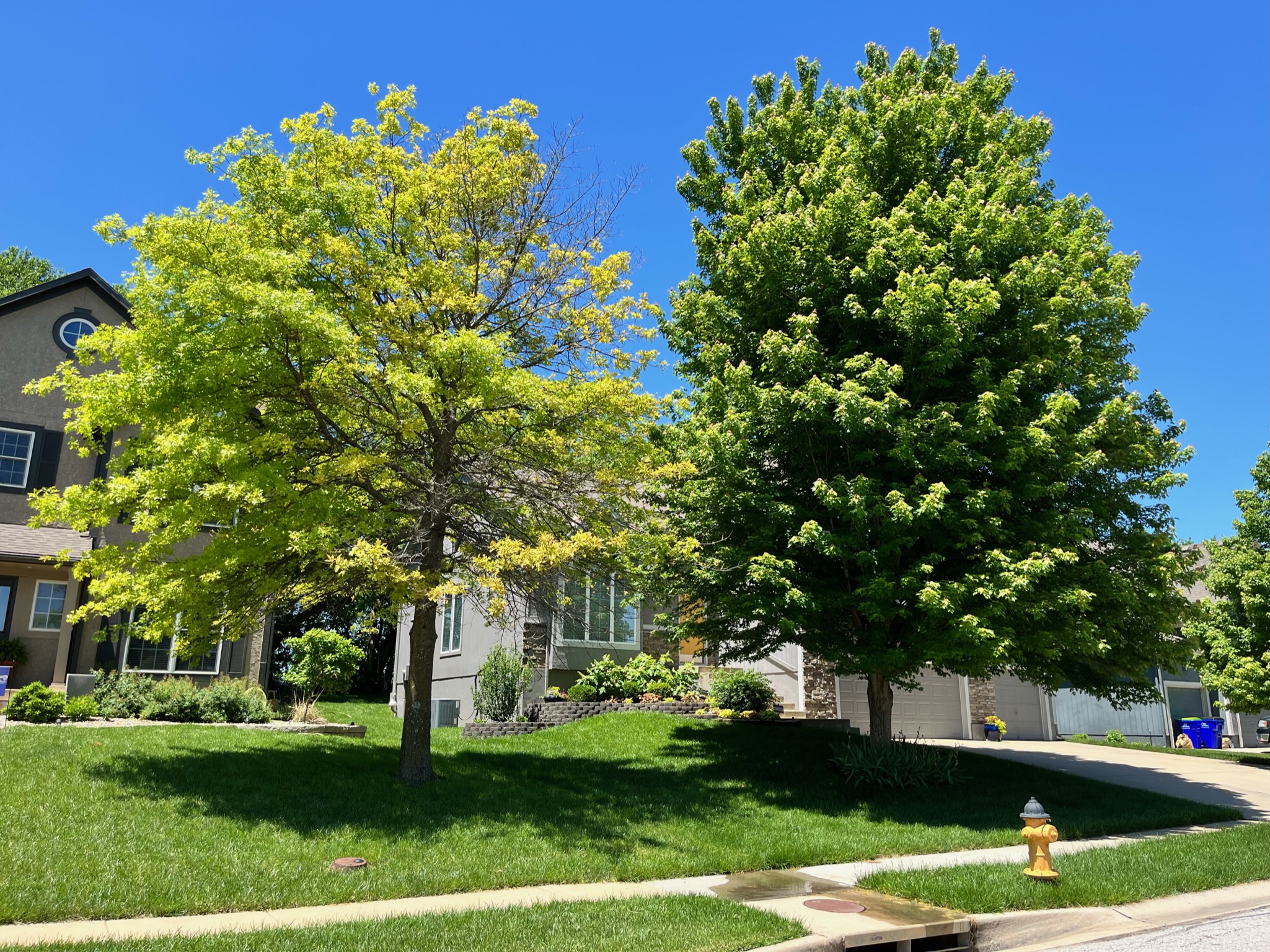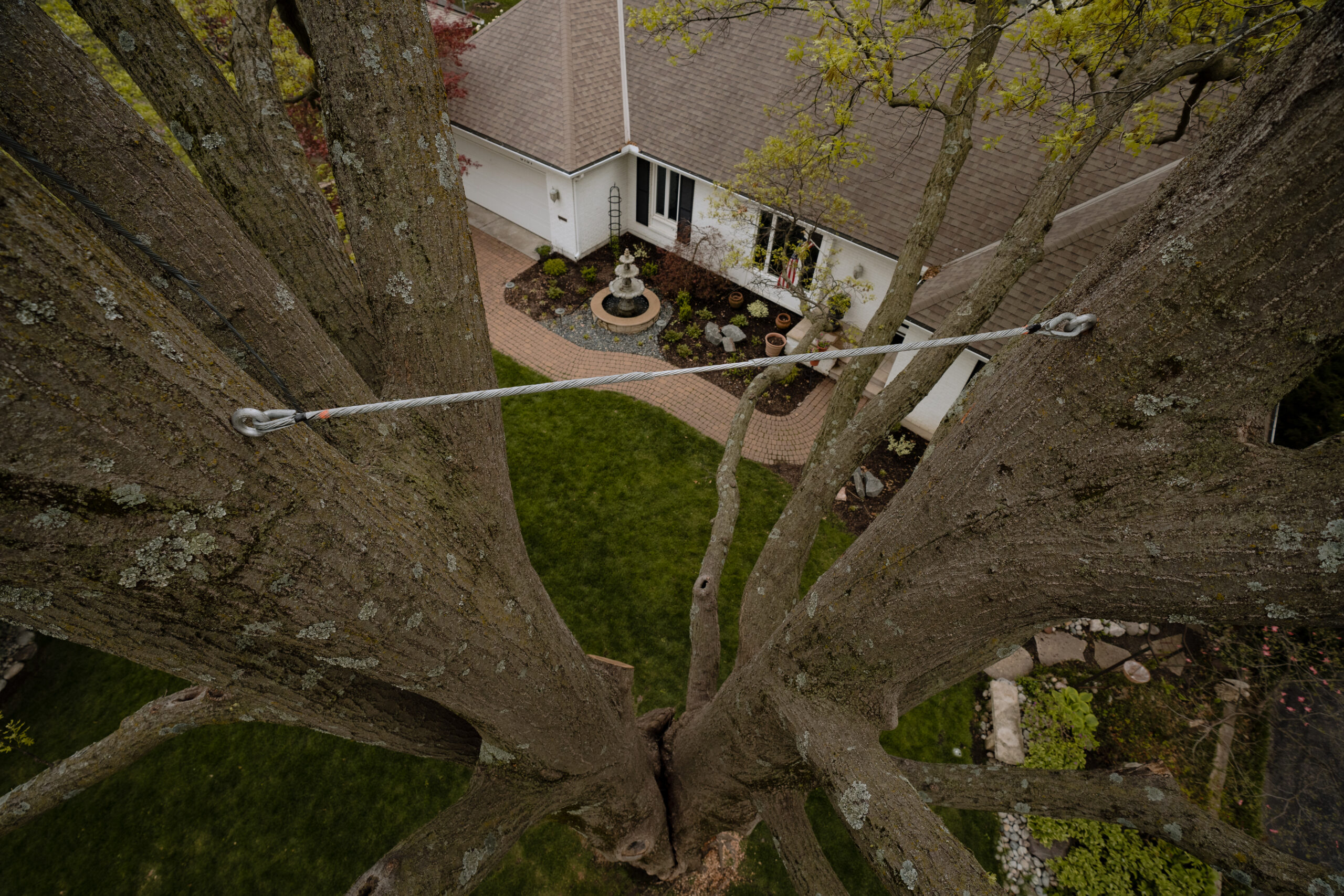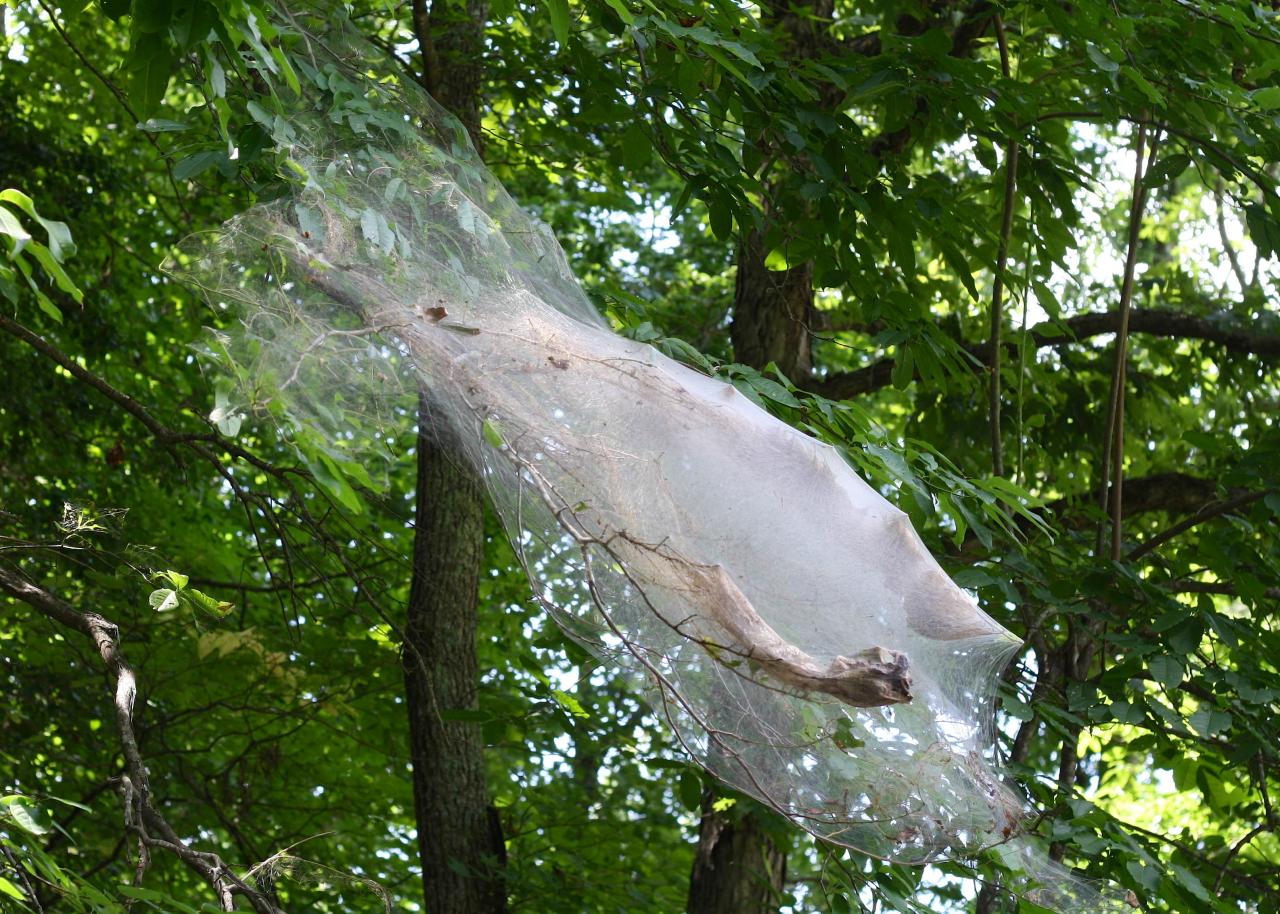What is root rot?
Root rot is a common condition that affects trees, shrubs and other plants which cause the roots to decay. This can lead to a number of problems for the plant, including a decreased ability to uptake water and nutrients. As a result, the plant can become stressed and more susceptible to disease. In severe cases, root rot can kill a plant. Read more to find out how to treat root rot and ways to identify it.
Identifying Root Rot – What Does Root Rot Look Like?
Root rot can be difficult to spot, because it manifests differently depending on the tree species affected, the type of fungus involved and the stage of infection. In general, though, root rot symptoms will include:
- discoloration of leaves
- thinning crowns
- brown or black lesions on the bark
- premature leaf drop
- stunted growth
- discolored, “mushy” roots
In severe cases, trees may rapidly die, but in most cases, trees may survive for a few years as the disease progresses in the plant. According to the Missouri Botanical Garden, some trees may show darker bark around the soil-line. Underneath the darkened bark, infected trees show red-brown discoloration.
What causes root rot?
There are many different fungi that can cause root rot, including species of Phytophthora, Pythium and Rhizoctonia. These fungi thrive in wet conditions, so root rot is often a problem in areas that have poor drainage or where the soil is constantly saturated with water. They often enter the tree through wounds in the roots or trunk. Once they are inside the tree, they begin to break down the tissues of the roots, leading to decay.
Which trees are affected by root rot?
Root rot can affect any type of tree, shrub or other plants and crops, but some species are more susceptible than others. According to , commonly affected trees include cottonwood, dogwood, silver maple, mulberry and pistachio trees.
When can trees be affected by root rot?
Root rot can occur at any time of year, but it is most common in the late spring, summer or early fall, when temperatures are warm. Root rot causing fungi can survive for years in the soil, but typically spread across plants in late fall and early spring while temperatures are cool, and rainfall is high.
How can I prevent root rot?
There are several things you can do to help prevent root rot in your trees.
- Choose trees that are resistant to root rot fungi such as cedar trees, live oak, southern magnolia and Japanese red pine.
- Avoid wounding the roots or trunk of your trees.
- Make sure your trees have plenty of space for their roots to spread out and breathe.
- Take steps to improve the soil structure and water drainage in the affected area.
- The University of Georgia suggests incorporating organic matter, good quality compost or composted hardwood or pine bark, installing French drains or other drainage solutions and removing infected plants from the area.
How to Fix Root Rot
Unfortunately, there is no cure once a tree is infected with root rot. The best course of action is to prevent root rot from occurring in the first place by keeping your trees healthy and free from wounds.
If you think your tree may have root rot, it is important to contact a certified arborist or tree care professional for an evaluation. Arborists treat different types of root rot in different ways, and just because your tree is showing signs, doesn’t mean root rot is the culprit. Root rot can kill trees, so it is important to take action as soon as possible. Contact our trained professionals at Arbor Masters today to set up your root rot evaluation.


